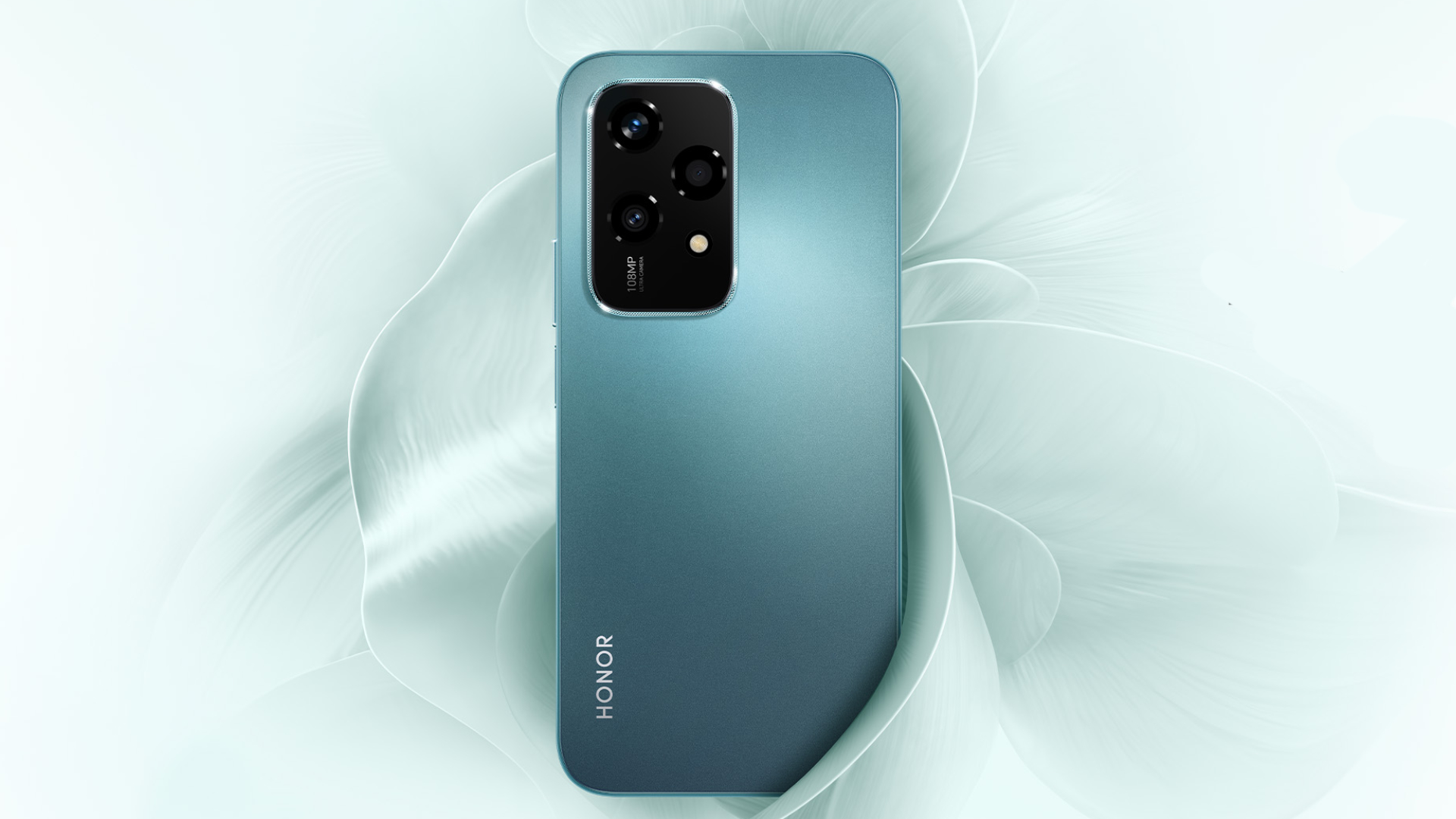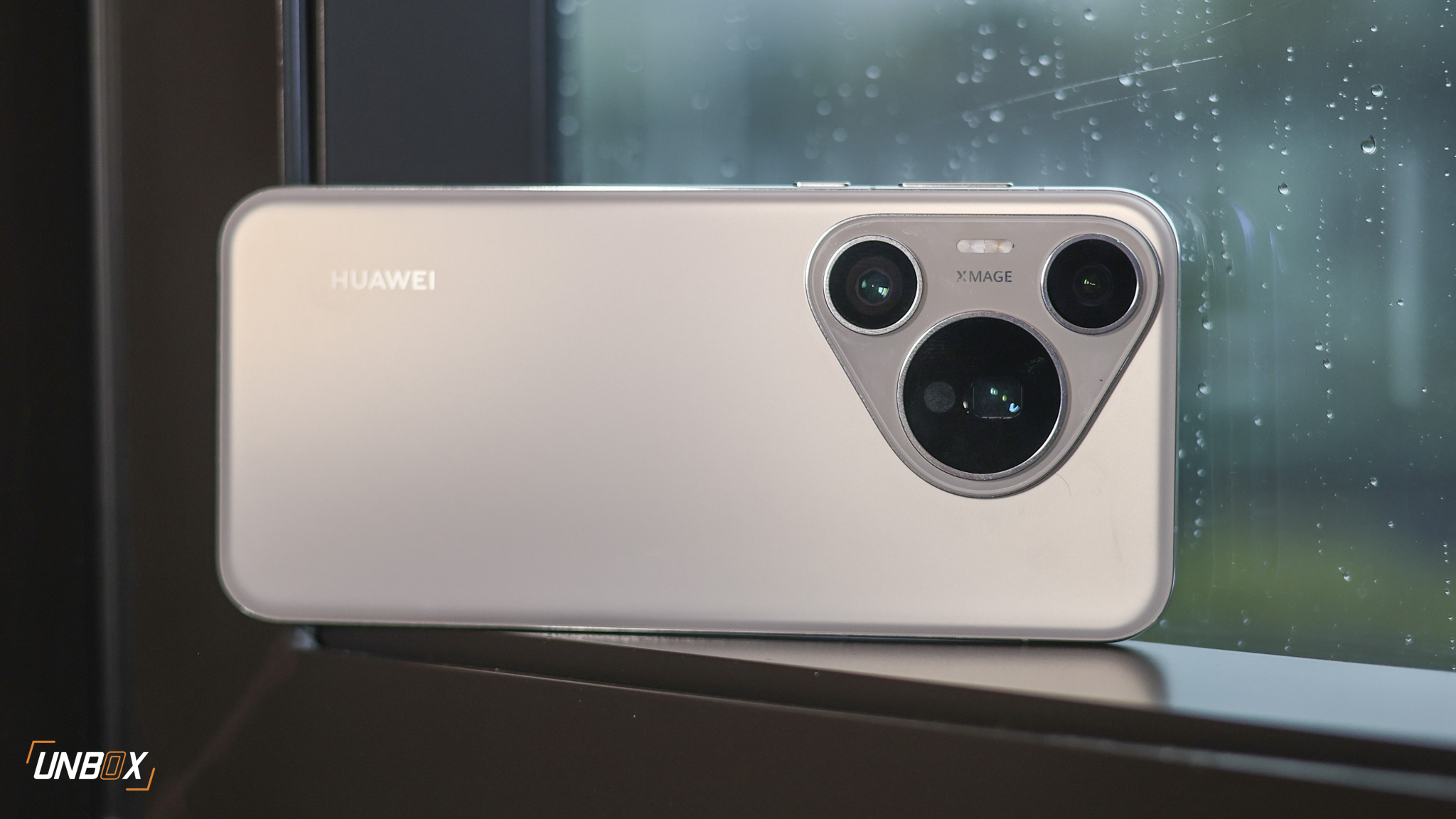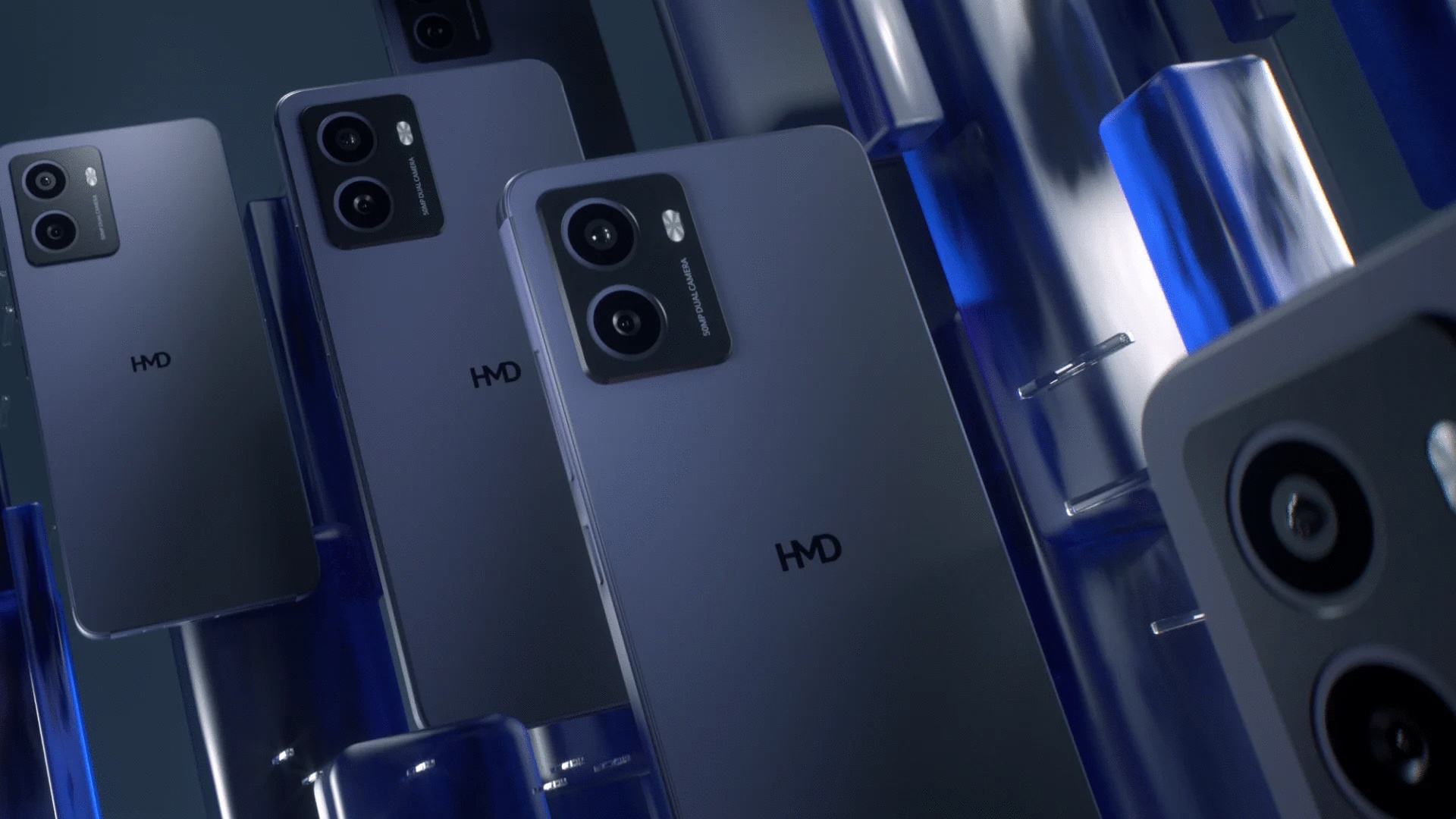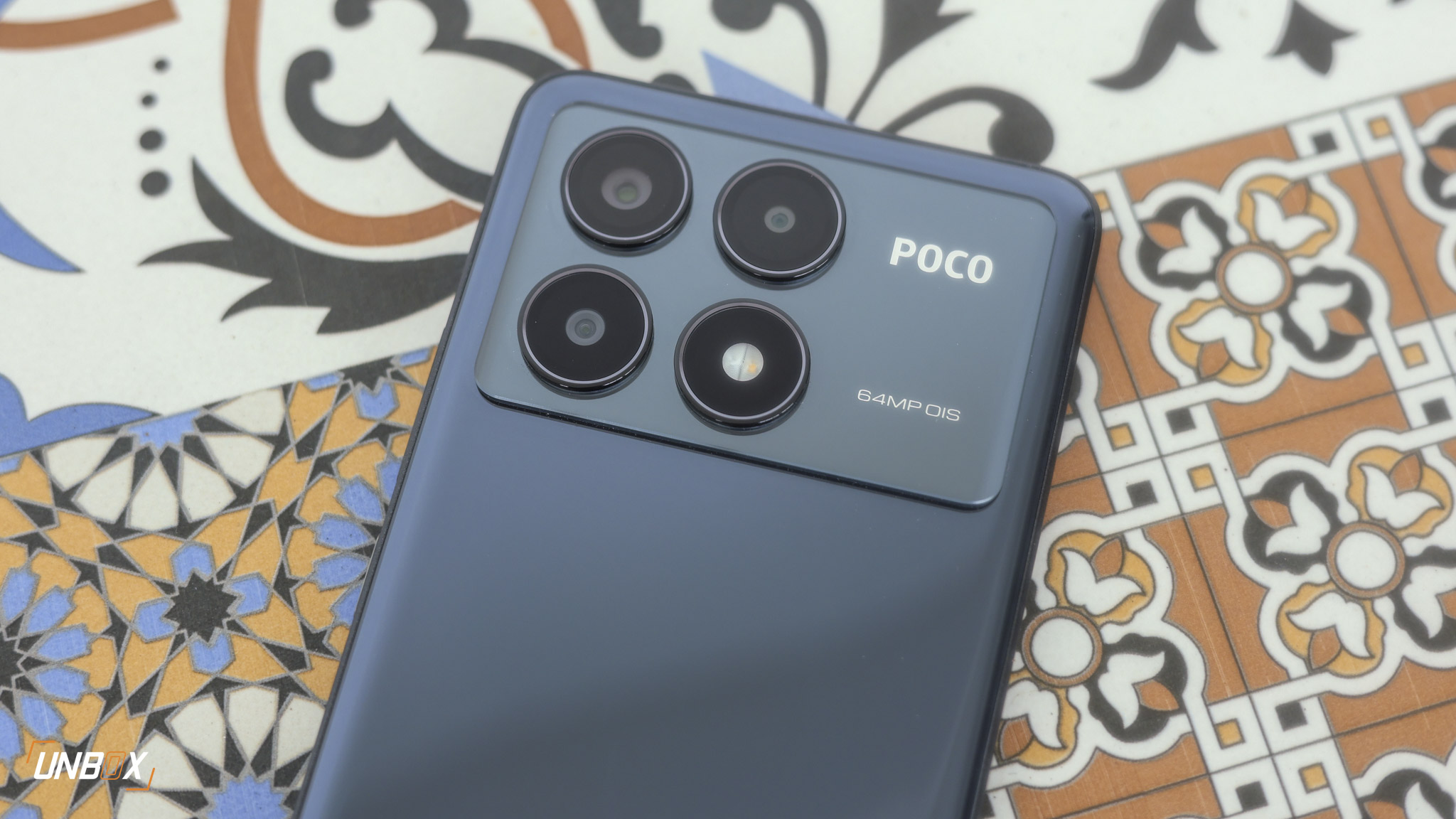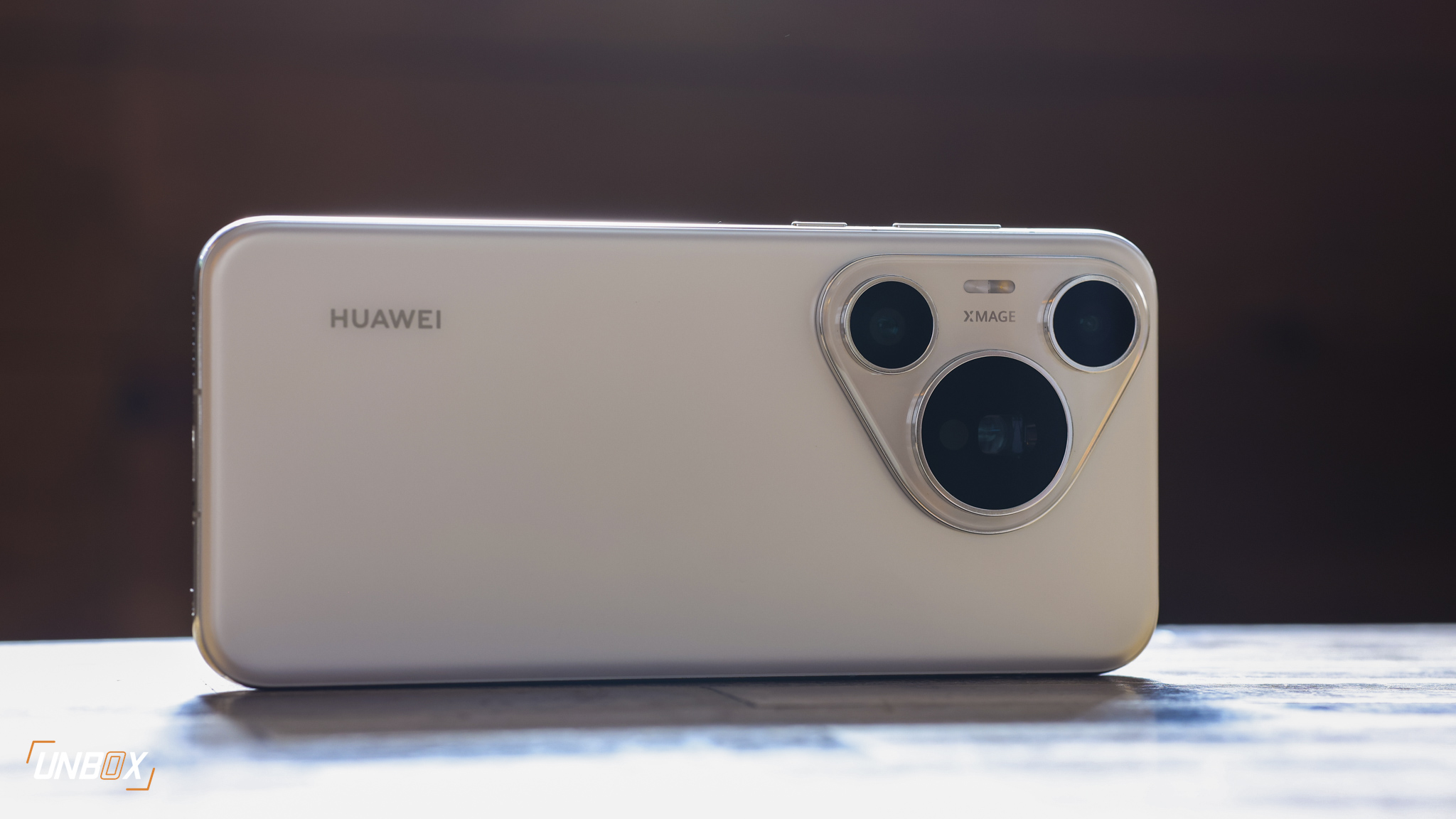Three phones enter, one phone leaves!
There’s a lot that’s been said about Huawei’s P20 Pro and its triple camera system. As of writing, it has the highest DxOMark rating for a phone, and it’s managed to astound us in our own tests and daily use. But how does the phone’s camera stack up to two other flagship devices that retail for higher prices in the marketplace?
There’s only one way to find out. We took Huawei’s P20 Pro, Samsung’s Galaxy S9 Plus and Apple’s iPhone X with us to Balesin Island to see how the phones stacked up to one another in terms of image quality and camera performance.
All the images were taken at the same time using the default mode when launching the camera and have not been modified in any way aside from resizing to fit the page.
Before we dive into the photos, let’s talk about the cameras first. The P20 Pro has three: a 40-megapixel RGB lens with a f/1.8 aperture, a 20-megapixel monochrome lens with a f/1.6 aperture, and an 8-megapixel telephoto lens with a f/2.4 aperture.
The Galaxy S9 Plus has two lenses, with identical sensors, at 12-megapixels each. The primary wide-angle camera has a f/1.5 and f/2.4 opening that switches depending on the lighting condition, while the secondary camera has 2x zoom lens for farther shots.
The iPhone X has two camera lenses, with 12-megapixels each. The primary camera takes wide-angle photos with a f/1.8 aperture, while the second camera is a 2x optical zoom lens with a f/2.4 aperture.
So, how did the three phones fare?
The Galaxy S9 Plus delivers more natural photos, but the P20 Pro has more vivid results when shooting outdoors
It’s not surprising that all three phones deliver good photos in daylight, but the devil is in the details. Of the three photos of the airplane on the runway, the P20 Pro looked the most vivid, though the Galaxy S9 Plus’ photo looked more natural.
That’s the same story in our photo of the St. Tropez Facade, where the P20 Pro had the noticeably more vibrant photo of the other two.
There are tradeoffs to that vibrancy though, as photos by the poolside reveal the P20 Pro’s post-processing manages to blow out the details of the clouds to bring out the detail on the foreground.
Our final daylight shot, the one of the Royal Villa shows that the P20 Pro can really take stunning photos in bright light. The image it produced looked the most vivid, with the Galaxy S9 Plus and iPhone X’s looking pretty tame in comparison.
The P20 Pro is able to capture a lot of detail even with the harsh backlight
Detail tends to get lost in backlit photos because of the challenging conditions. The iPhone X’s image of the Buddha has this weird haze on it, which kinda gives this soft-focus vibe on the subject. The Galaxy S9 Plus is a little better, though the detail isn’t as sharp or as good as we would have liked.
The P20 Pro, on the other hand, manages to handle the shot like, well, a pro. Plenty of detail is preserved in the shot (look at the cracks) and the image looks well focused.
Moving further indoors with the shot of the bottles, it’s apparent that the Galaxy S9 Plus has a tendency to take warm colored photos, which may not be to your liking. The P20 Pro looks to be the most balanced of the three, though your mileage may vary depending on your color temperature preference.
The iPhone X is the biggest loser when it comes to selfies
How about selfies? Well, the Galaxy S9 Plus looks to be the most natural of the bunch when shooting indoors in low light, though the P20 Pro is a bit brighter, though at the expense of detail. The biggest loser in this test? The iPhone X – the selfie taken from its front-facing camera looks pretty, well, blech.
Huawei dominates in portrait shooting
All three phones can shoot and add artificial bokeh via portrait mode. But which one is the most convincing?
While the Galaxy S9 Plus does a valiant effort in trying to blur the background from the foreground, the bokeh effect isn’t very convincing, as the camera struggles to apply artificial blurring on the background. Plants immediately to the left of the model aren’t blurred out, neither is the tall stalk near the head of the model and some plants to the right.
The iPhone X doesn’t fare that well either in this complex scene, inconsistently applying bokeh on the plants behind the model.
The P20 Pro has the best portrait mode of the three, managing to apply bokeh on almost all items in the foreground. The only thing it missed is the plants on the left side of the model, near the bottom.
Even if it doesn’t look it, all the shots were taken from the same position, which gives you an idea of the focal length that you’re working with when you’re shooting in portrait mode.
AI-assisted night shooting is basically cheating
Much has been said about the P20 Pro’s vaunted AI-assisted night mode shooting, but the benefits it gives is easier to see when you’re putting the images taken from the three cameras side-by-side.
The iPhone X comes in last, and while it takes an acceptable photo fit for uploading in social media, a lot of detail is lost and there’s plenty of noise in the photo.
The Galaxy S9 Plus is a little better, showing a bit more detail in this extremely challenging shot.
But all of that pales in comparison with the P20 Pro shooting in night mode. Details are easily seen and the photo looks extremely sharp, even if there’s a slight touch of oversaturation in the photo.
Video is a toss-up between the Galaxy S9 Plus and the P20 Pro
All the phones in this camera shoot-out are able to shoot in 4K video, though we found that the P20 Pro is the most rock-solid when it comes to dampening movement.
As far as actually image quality goes, it’s a toss-up between the Galaxy S9 Plus and the P20 Pro – the S9 Plus produces more natural colors and the P20 Pro has more vivid output. Ultimately it’s up to you to decide which one is more important.
The P20 Pro is deserving of that DXoMark score
Huawei really has come a long way. If we’ve done this test last year with the Huawei P10 and S8 Plus and the iPhone 8, we would have easily given the crown to Samsung. This year though it’s quite different: Huawei has managed to produce a phone that’s the current benchmark of excellence for mobile photography.
Unbox Non-Stop Giveaway: Smart Prepaid LTE Home WiFi (COMPLETED)
Huawei P20 Pro First Shots: 24 Hours In Paris With A 40-megapixel Beast



























